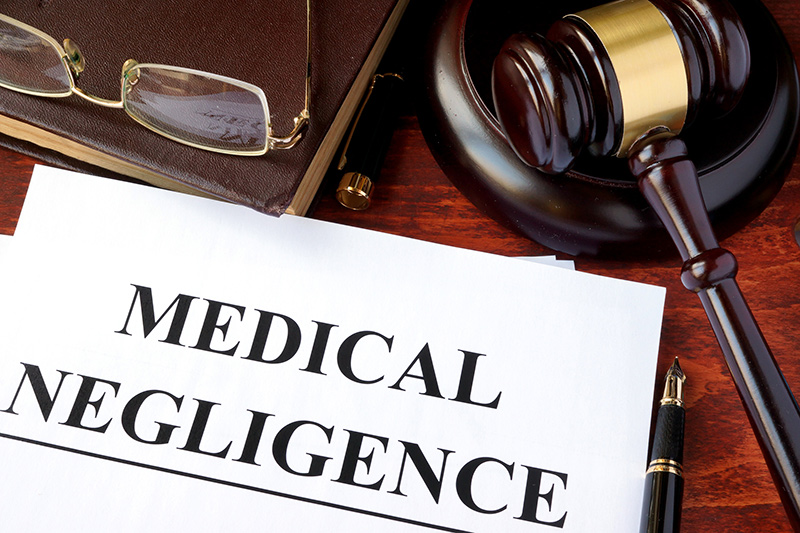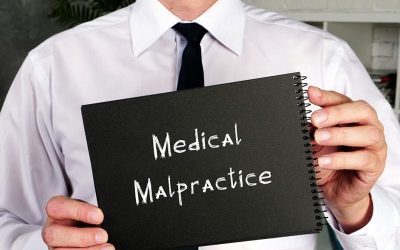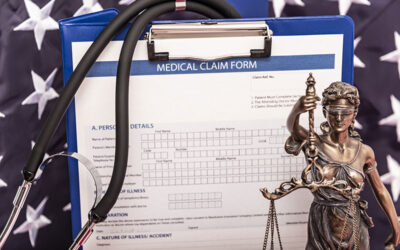So, hope you’ve read the key differences between medical negligence and malpractice. It is clear that medical negligence occurs as a result of a provider not taking the right action when caring for a patient and malpractice is an intentional action that results in breach of the duty of care by a healthcare provider. To prove negligence/malpractice, attorneys need appropriate medical records as evidence. Reliable medical record review services help them clearly understand the medical facts related to the case.
Benefit from the expertise of our outsourcing professionals.
Contact our team at 1-800-670-2809!
Four key elements to prove in negligence or malpractice cases are –
- Duty: The first point lawyers need to prove is that the defendant owed the plaintiff a legal duty of care under certain circumstances. The duty can be careful operation of the instrument that caused the injury or even the relationship with the people involved. The existence of such a duty is essential for a successful claim. An example for legal duty is the doctor owing patients a duty to provide them with competent medical care.
- Breach of Duty: The next thing to prove is that the defendant breached his/her duty. A breach may refer to violation of the standard care or not exercising the degree of care that any other healthcare professional in the same specialty would have used in a similar situation, and thus causing the injury. Duty can be breached by doing or not doing something that an average or reasonably prudent person would have done in a certain situation. Explaining how a duty was breached is critical in any negligence or malpractice claim.
- Causation: The next step is to prove that the responsible party’s duty breach has caused harm or damage to the claimant. Here, lawyers need to show a direct link between the negligent act done and the injury that resulted from that action. Even if the negligence occurred, a plaintiff can claim for compensation only if this negligence somehow caused any injury or damage. It is important that during the lawsuit, the plaintiff’s damage needs to be reasonably foreseeable. The point here is that if the defendant's actions were unexpected or unintended, the injury would likely be considered unforeseeable, which does not make the defendant legally responsible for the action.
- Damages: The final thing is to prove the nature and extent of damages. Damage can refer to injuries sustained, hospital or medical expenses, lost wages, or any other expenses that occurred as a result of someone else’s negligence. This element requires the court to compensate the plaintiff for his or her injury – either through monetary compensation for expenses or property repair.
Diffen.com categorizes damages into –
- Special damages: Directly connected to the injury or harm and expenses like those through medical bills.
- General damages: Damages such as pain and emotional suffering to which it is more difficult to put a dollar figure.
- Punitive damages: These are rare damages, as the negligence is mainly unintentional.
Malpractice attorneys require strong evidence to prove that the physician’s/clinical professional’s negligence caused the injury. Reviewing the injured patient’s medical chart and collecting necessary medical evidence helps develop the case. A detailed medical chart review and preparation of clear case summaries performed by professional hands could help lawyers identify the strengths and weaknesses of the case.
Get a clear understanding of the medical facts with reliable record review solutions!




